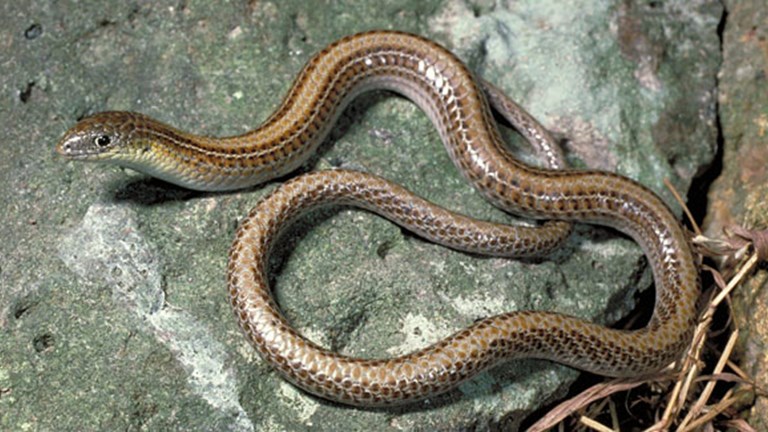
Striped Legless Lizard
Delma impar
Synemon plana
The Golden Sun Moth is vulnerable to loss and degradation of its habitat caused by human activity and invading weeds. Housing developments, agriculture, grazing and mowing are among the disturbances that endanger this species. Golden Sun Moths are unable to disperse more than a few hundred metres, which means that they cannot migrate into new areas.
Golden Sun Moths
With their day-flying habits and colourful hind wings, Golden Sun Moths might be mistaken for butterflies. They were once common in the grassy plains across south-eastern Australia but have suffered profound declines from encroaching human activity.
Golden Sun Moths have clubbed antennae and a pattern of grey, brown and bronze scales on their forewings. Their hind wings are vivid orange with black spots. Adult Golden Sun Moths live for only 2–5 days and lack functional mouthparts for feeding. Females rarely fly; instead, they emerge from their pupal cases and display their wings to attract a passing male. Males spend their adult lives flying over grass tussocks in search of females. They do not disperse far from their larval territory.
After mating, the female lays about 150 eggs at the base of wallaby grass tussocks. She inserts them into soil crevices and between grass blades with her long ovipositor. However, many aspects of this species’ biology are still not conclusively known. The larvae may take between one and three years to develop.
Golden Sun Moths are difficult to survey because their distribution is so patchy. Populations may occupy a small area but contain many individuals. As Melbourne expands and more pressure is placed on its habitat, this species will require careful management to ensure it is not lost.

Delma impar
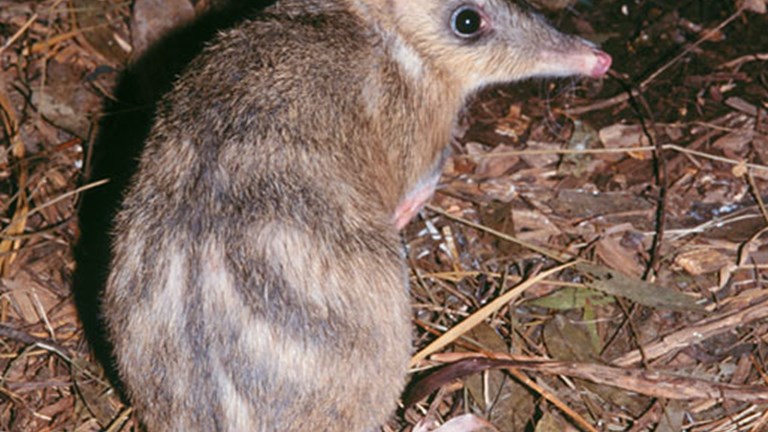
Perameles gunnii
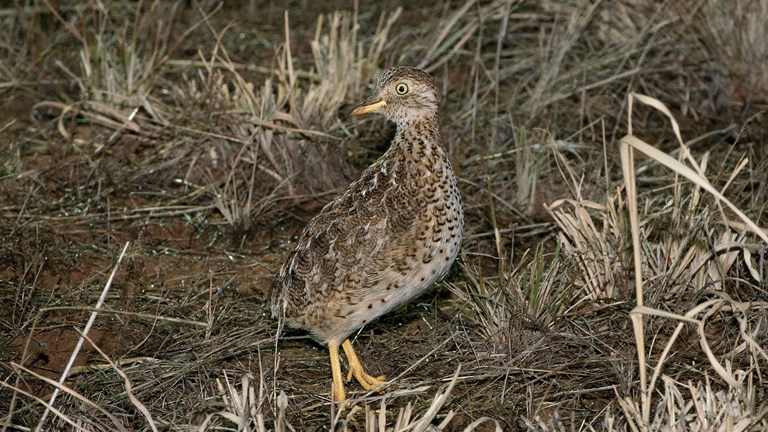
Pedionomus torquatus
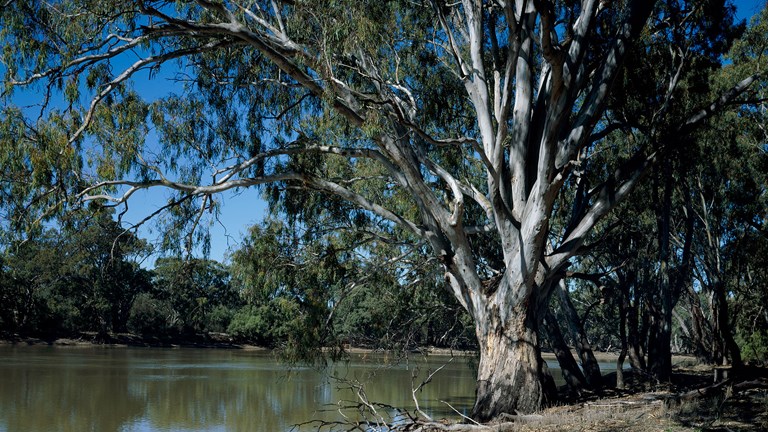
There are many types of dry forests in Victoria including stringybark, red gum, grassy woodlands and the remnants of the once great box–ironbark forests.
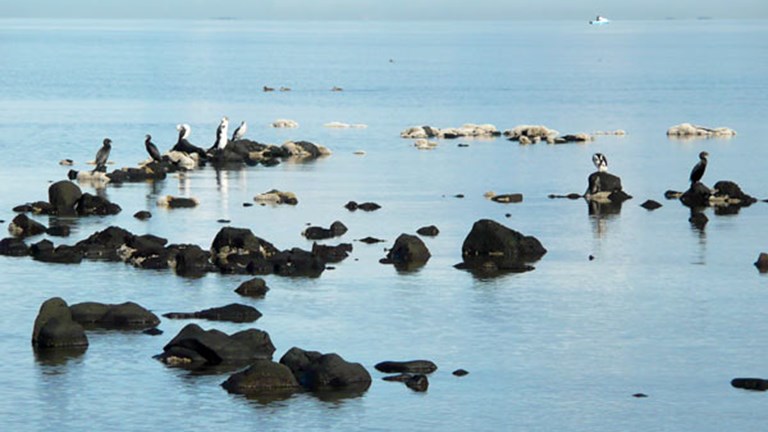
Victoria’s coastal wetlands are significant places for wildlife, with many listed in international conventions to protect the habitat of migratory birds.
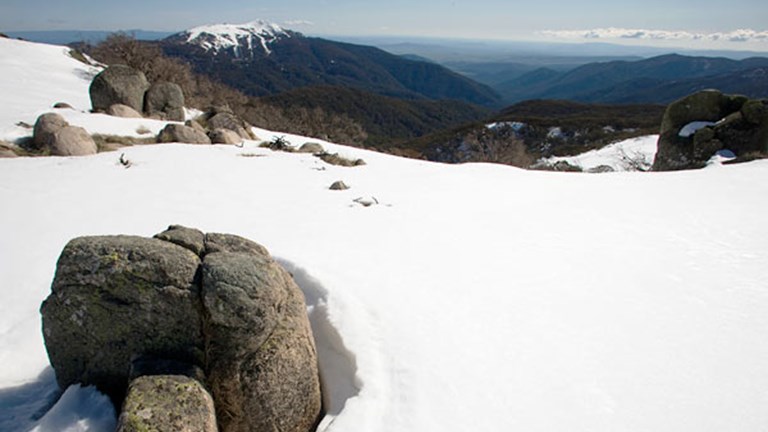
The Victorian Alps extend from the plateaus of Lake Mountain and Mt Baw Baw to peaks such as Mt Feathertop and the headwaters of the Murray River.
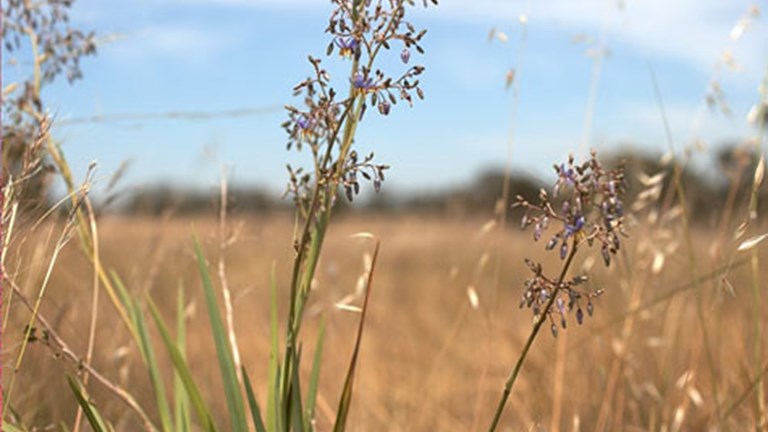
When the first Europeans arrived in Victoria there were grasslands on the vast, undulating western plains, on the northern plains and in Gippsland.
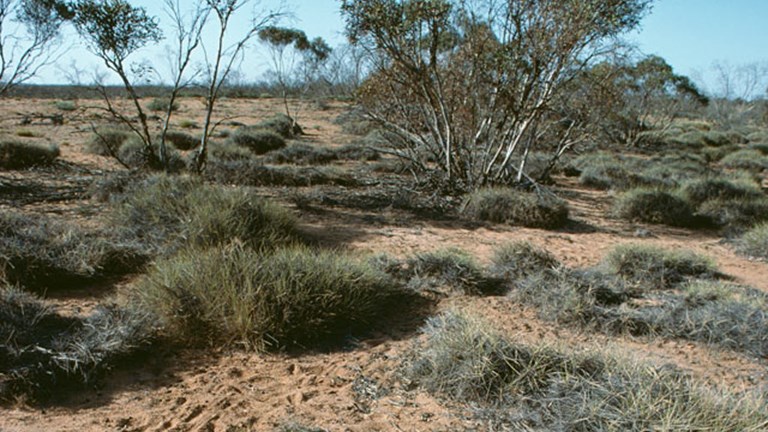
The Victorian Mallee in the north-western corner of the state has a mosaic of vegetation types adapted to low rainfall and sandy soils.
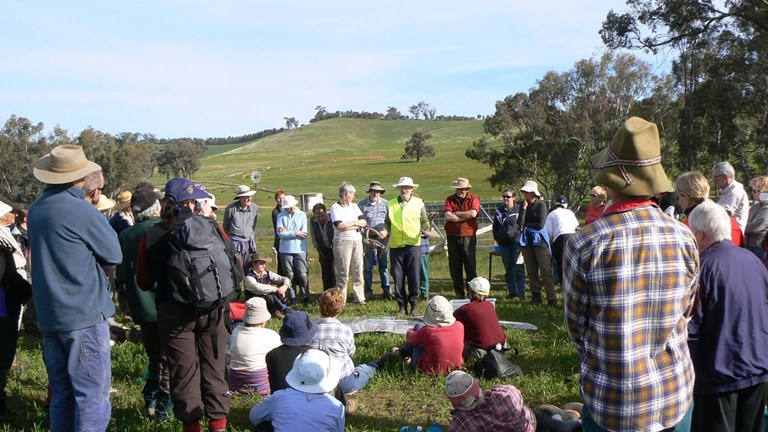
Find out about the issues affecting our special places and the plants and animals that live in them, and discover some ways you can help.
We are making improvements to our website and would love to hear from you about your experience. Our survey takes around 10 minutes and you can enter the draw to win a $100 gift voucher at our online store!
Museums Victoria acknowledges the Wurundjeri Woi Wurrung and Boon Wurrung Bunurong peoples of the eastern Kulin Nations where we work, and First Peoples across Victoria and Australia.
First Peoples are advised that this site may contain voices, images, and names of people now passed and content of cultural significance.